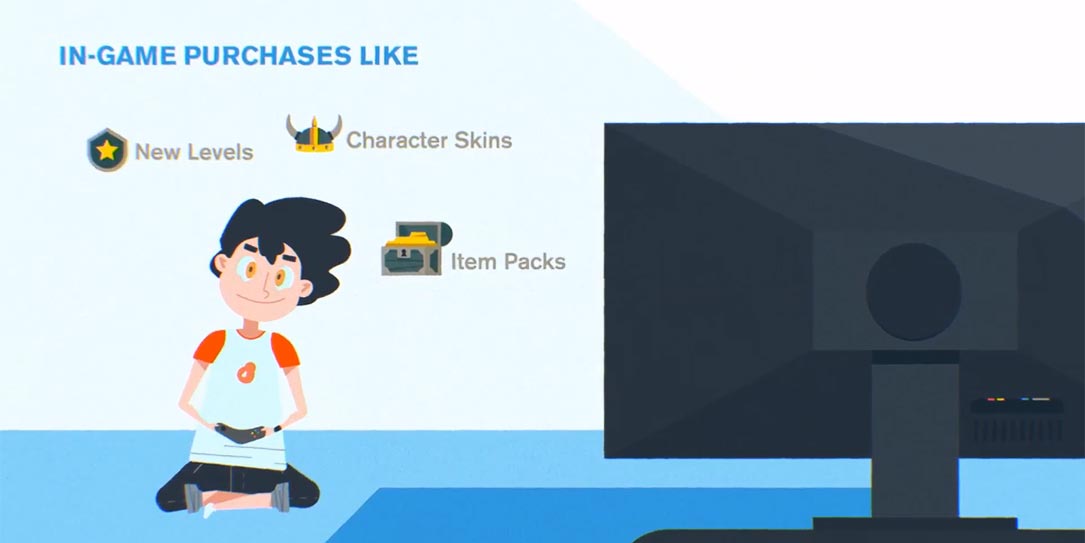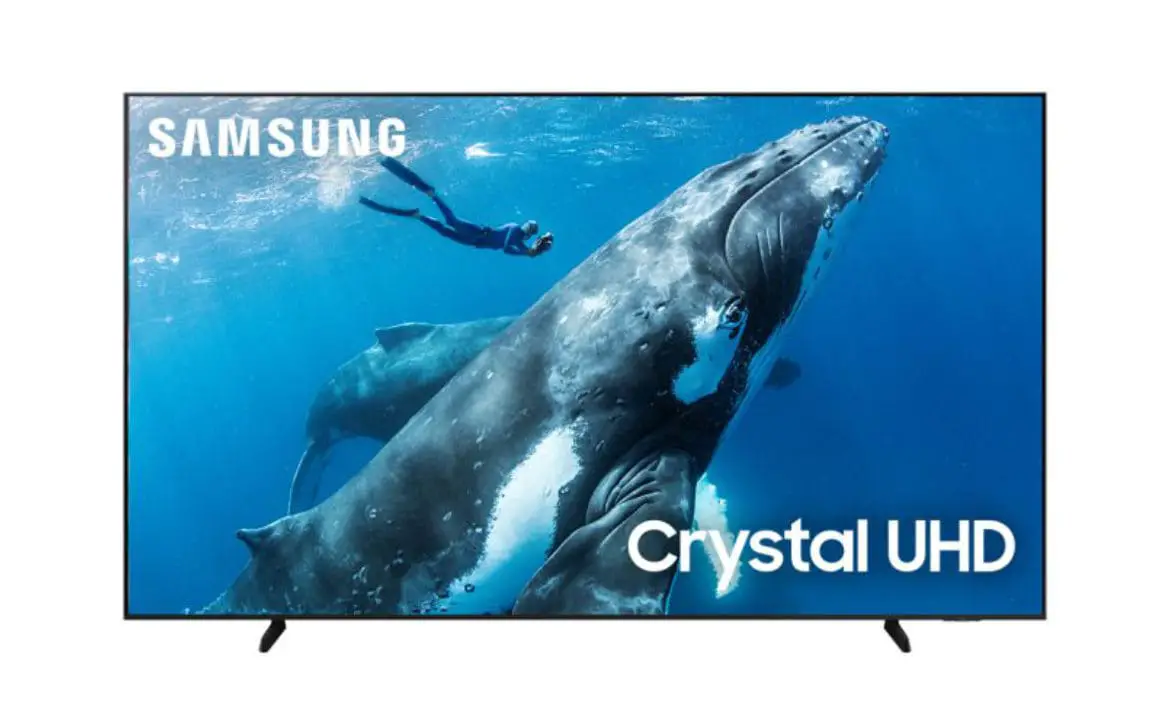Loot boxes, or loot crates, have become a bone of contention lately amongst both gamers and lawmakers. While loot boxes aren’t that new, the release of Star Wars Battlefront II brought the matter to the forefront for gamers and quickly drew the ire of lawmakers who liken them to gambling. The ESRB has announced that they will begin assigning a new “In-Game Purchases” label to physical games that offer loot boxes or loot crates as rewards or purchasable items.
“The video game industry is evolving and innovating continually, as is the ESRB rating system. ESRB’s goal is to ensure that parents have the most up-to-date and comprehensive tools at their disposal to help them decide which games are appropriate for their children,” said ESRB president Patricia Vance. “With the new In-Game Purchases interactive element coming to physical games, parents will know when a game contains offers for players to purchase additional content. Moreover, we will be expanding our efforts to educate parents about the controls currently at their disposal to manage in-game spending before their kids press ‘Start’.”
The new label doesn’t apply to loot boxes only and will be shown on any physical game that “offers to purchase digital goods or premiums with real-world currency, including but not limited to bonus levels, skins, surprise items (such as item packs, loot boxes, mystery awards), music, virtual coins and other forms of in-game currency, subscriptions, season pass, and upgrades (e.g., to disable ads).” While this is new to physical games, mobile games and digitally purchased games (at least on the Microsoft store for PC/Xbox) have had some sort of text, usually along the lines of “+Contains in-app purchases” for games that offer extra content at an additional cost.
In conjunction with the new labelling, the ESRB has also launched ParentTools.org to help parents make sense of ESRB ratings, how to set and manage parental controls for video games, and a detailed look at the new “In-Game Purchases” and other labels. The step-by-step parental control guides cover the Nintendo Switch, PlayStation 3 and 4, Xbox One and 360, Windows PCs, Wii U, 3DS, PlayStation Vita, and Google Play.
What do you think of the new “In-Game Purchases” label and Parental Tools website launched by the ESRB? Let us know in the comments below or on Google+, Twitter, or Facebook.
[button link=”https://esrbstorage.blob.core.windows.net/esrbcontent/about/news/downloads/igp-press-release-final-22718.pdf” icon=”fa-external-link” side=”left” target=”blank” color=”285b5e” textcolor=”ffffff”]Source: ESRB[/button]









